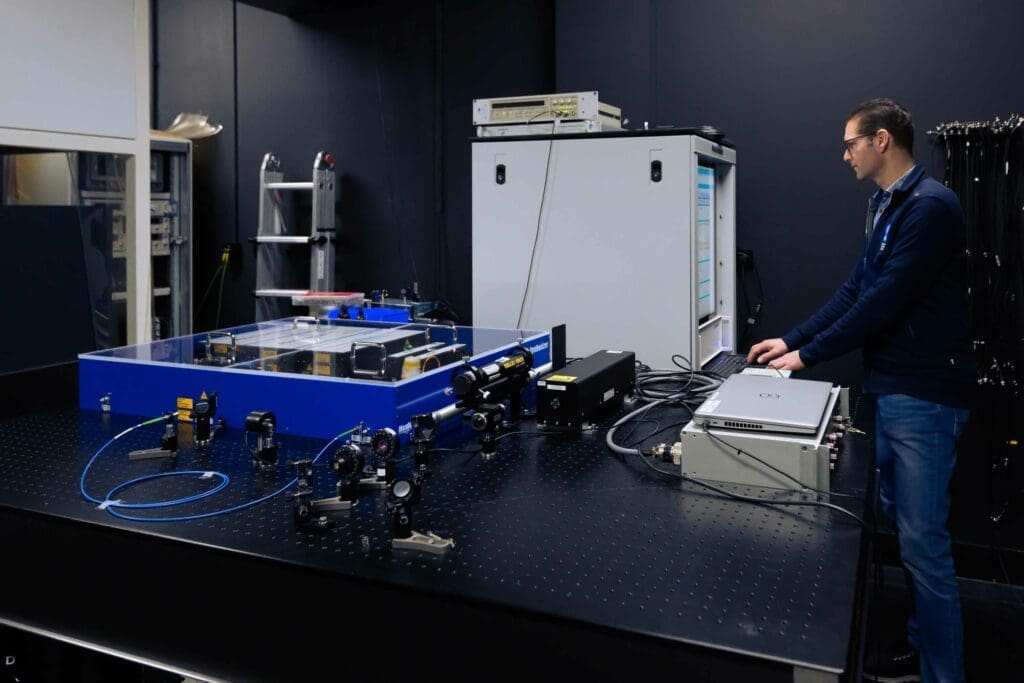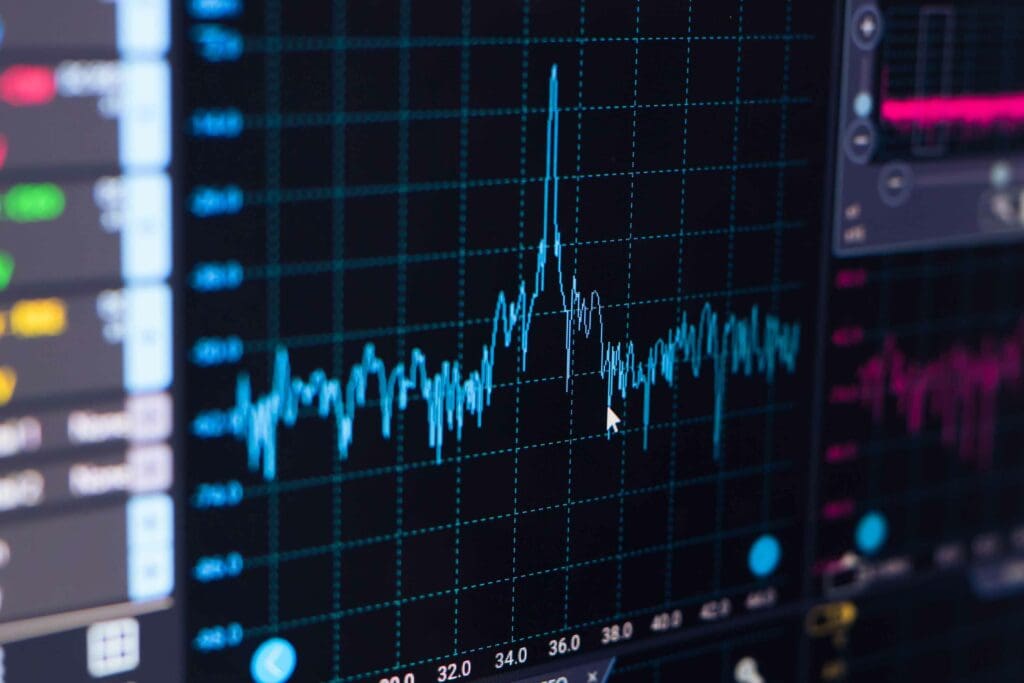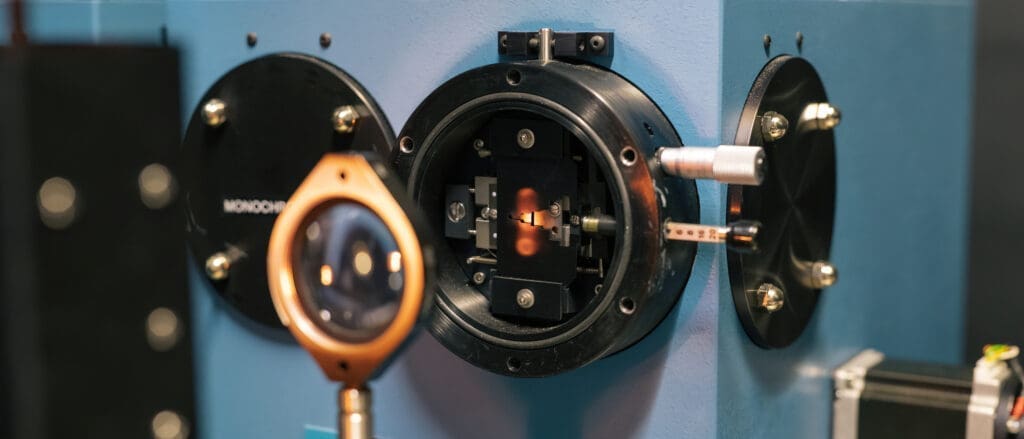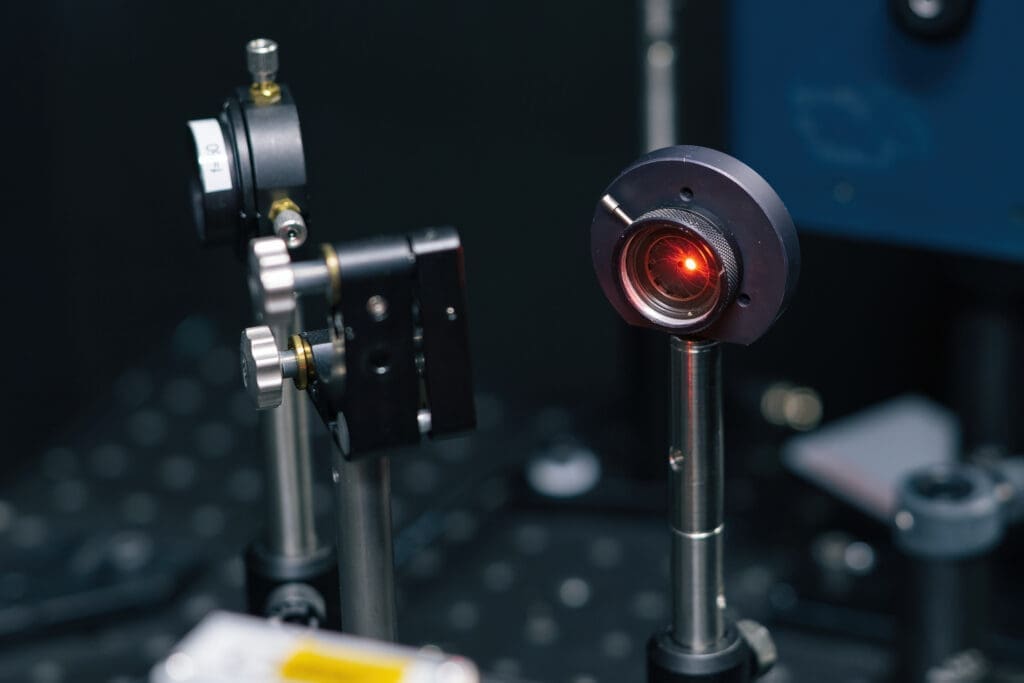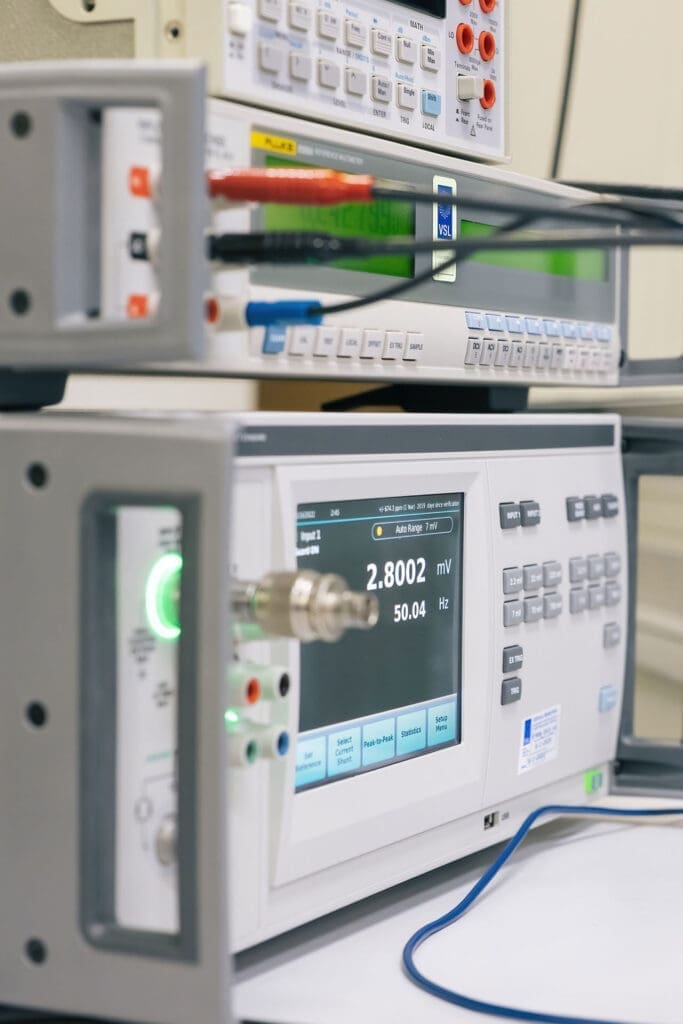New standards for calibration of spectroradiometric measurement instruments (NEWSTAND)
Projects
New standards for calibration of spectroradiometric measurement instruments (NEWSTAND)
Incandescent lamp based transfer standards have been used for decades for the calibration of spectroradiometers. However, the market availability of such lamps is diminishing due to their production being phased out following the ban on incandescent lighting by the European Commission in 2009. This is why a consortium of fourteen European NMIs and DIs, one research institute and two industrial companies have started project NEWSTAND.
The goals for this project are:
- To develop new transfer standard sources for spectral irradiance in the ultraviolet visible near infrared (UV VIS NIR) spectral ranges
- To develop novel methods to enable the detector based traceability of spectral irradiance measurements as an alternative to the incandescent lamp based dissemination of the unit.
- To demonstrate the metrological applicability of the new standard sources and methods
- To develop good practice guides that will enable the measurement methods and devices developed by the project to be implemented.
- To demonstrate the establishment of an integrated European metrology infrastructure
Our role
VSL focuses on new source and detector-based methods for dissemination of the unit of spectral irradiance during this project.
We will also host the workshop and presentation on September 10 and 11 2025.
Start date: June 1, 2023
End date: June 1, 2026
More information on the research project can be found on this web page: www.ptb.de/epm2022/newstand/
“The project has received funding from the European Partnership on Metrology, co-financed from the European Union’s Horizon Europe Research and Innovation Programme and by the Participating States.”
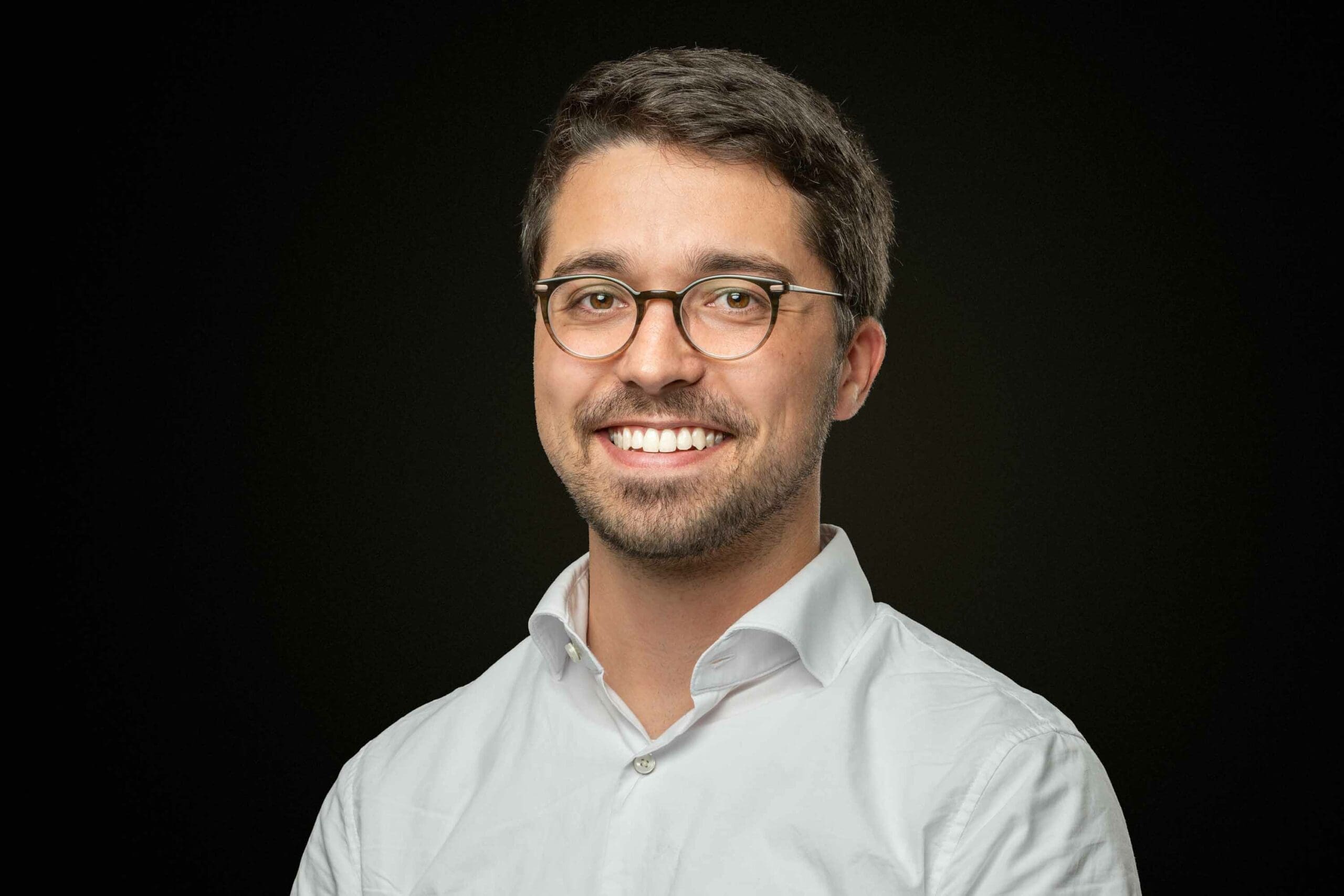
Would you like to know more about this subject?
Our experts are happy to help.
Aaron Seymour
Scientist Length & Optics
Projects
Our expertise in practice
Read more about our projects.
